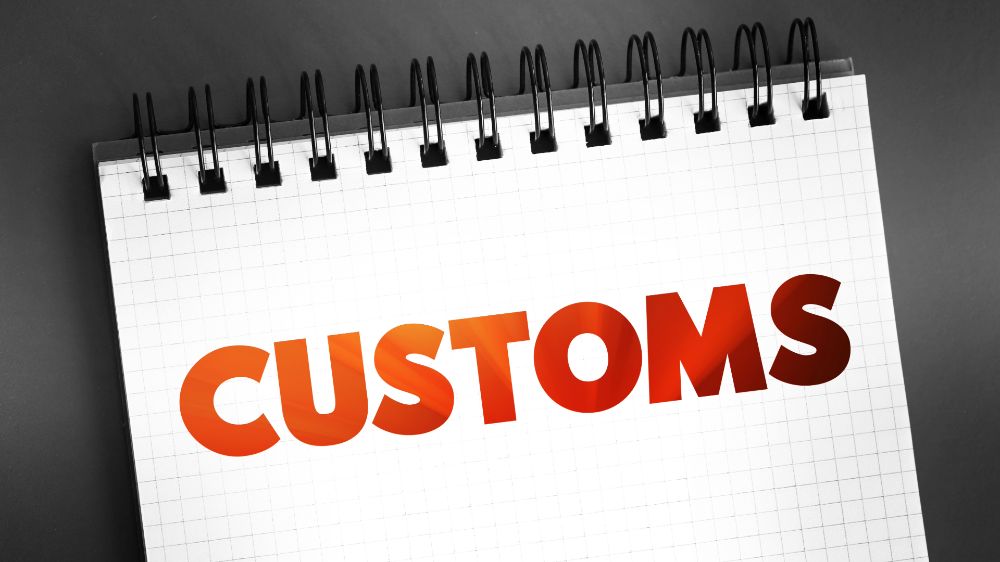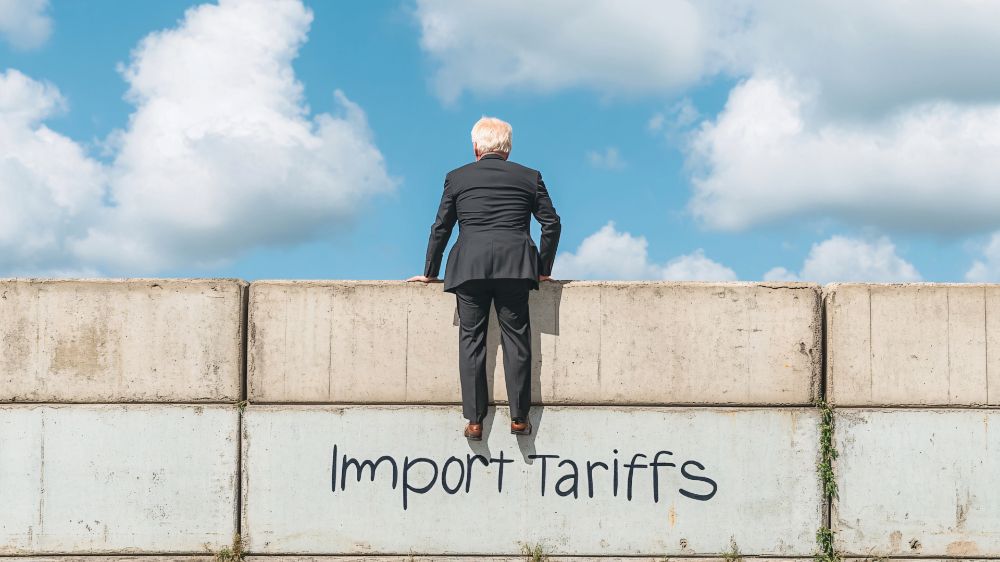How Are Tariffs Collected?

When a government imposes a tariff, it’s not just a rule written on paper—it’s something that is actively enforced. But how exactly does a government collect tariffs? Let’s break it down step by step using a clear example of a Canadian baker named Joe.
Joe owns a bakery in Toronto. He makes delicious pastries, cakes, and cookies, which he exports to customers in the United States. Now, the U.S. government has decided to impose a 25% tariff on imported baked goods.
This means that for every $100 worth of baked goods Joe ships to the U.S., he (or someone in the process) will have to pay $25 in tariffs.
Step-by-Step Process: How Tariffs Are Collected
Let’s walk through what happens when Joe sends his baked goods to the U.S.
Step 1: Joe Prepares the Shipment
Joe packages his pastries and prepares to send them to the U.S. Before shipping, he has to include detailed documentation. These documents are typically required for international trade and include:
- A commercial invoice showing the value of the goods being exported.
- A packing list describing what’s in the shipment.
- A certificate of origin proving where the baked goods were made (in this case, Canada).
The invoice is crucial because the tariff amount is based on the value of the goods.
Step 2: Shipment Reaches the U.S. Port or Border
When Joe’s shipment arrives at the U.S. port or border, it is inspected by U.S. Customs and Border Protection (CBP) officials. CBP is responsible for enforcing tariffs and ensuring all imports follow U.S. laws.
Step 3: Customs Reviews the Paperwork
CBP reviews the paperwork Joe included with his shipment. They pay close attention to:
- The value of the goods: Let’s say the baked goods are worth $10,000.
- The type of goods: Baked goods are subject to a 25% tariff.
- The country of origin: Tariffs often depend on where the goods come from.
Step 4: CBP Calculates the Tariff
The tariff is calculated as a percentage of the total value of the goods. In Joe’s case:
- The value of the shipment is $10,000.
- The tariff rate is 25%.
- Tariff amount = $10,000 × 0.25 = $2,500.
So, Joe’s shipment incurs a tariff of $2,500.
Step 5: Who Pays the Tariff?
Here’s an important detail: the tariff is paid by the importer of record, not Joe directly. The importer of record is the person or business responsible for bringing the goods into the U.S. In most cases, this is the U.S.-based customer (like a retailer or distributor buying Joe’s pastries).
However, the importer might pass the cost back to Joe or raise the price for customers to cover the tariff. This depends on the business arrangement between Joe and the importer.
Step 6: Payment Is Made to U.S. Customs
The importer of record is required to pay the $2,500 tariff to CBP before the baked goods are released. Payment is typically made through one of these methods:
- Direct payment at the port of entry.
- Customs broker: Many importers hire customs brokers to handle the paperwork and payment for them.
Once the tariff is paid, the shipment is cleared for entry into the U.S.
Step 7: The Goods Enter the U.S. Market
After the tariff is paid and customs approves the shipment, Joe’s baked goods can officially enter the U.S. market. The importer might sell them to stores, distribute them to customers, or even add the tariff cost to the final retail price.
How Tariffs Affect Joe and His Customers
- Joe’s Costs Go Up:
If Joe agrees to pay the tariff himself, he has to add $2,500 to his costs for this shipment. To make up for this, he might have to raise his prices. - The Importer Pays the Tariff:
If the U.S.-based importer pays the tariff, they might decide to pass the cost along by charging higher prices to customers. - Customers Pay More:
In the end, U.S. customers buying Joe’s baked goods might face higher prices at the store, all because of the tariff.
How Tariffs Are Enforced
To make sure everyone follows the rules, customs officials have the authority to:
- Inspect shipments and seize goods if tariffs aren’t paid.
- Impose penalties or fines on importers who don’t comply.
The process is closely monitored to prevent smuggling or attempts to avoid paying tariffs.
Tariffs might seem like a simple tax, but the process of collecting them is detailed and involves multiple steps. In Joe’s case, the tariff doesn’t just affect him—it impacts the importer and even the final customers.
Understanding how tariffs are implemented helps explain why prices can rise and how global trade works. It’s a reminder of the ripple effect that implementing tariffs creates.
PDF of The 67 American Products to Boycott If Tariffs Against Canada Are Implemented
How to Boycott 67 US Products to Combat Tariffs Against Canada
How To Replace 67 American Products You Use With Canadian Products

